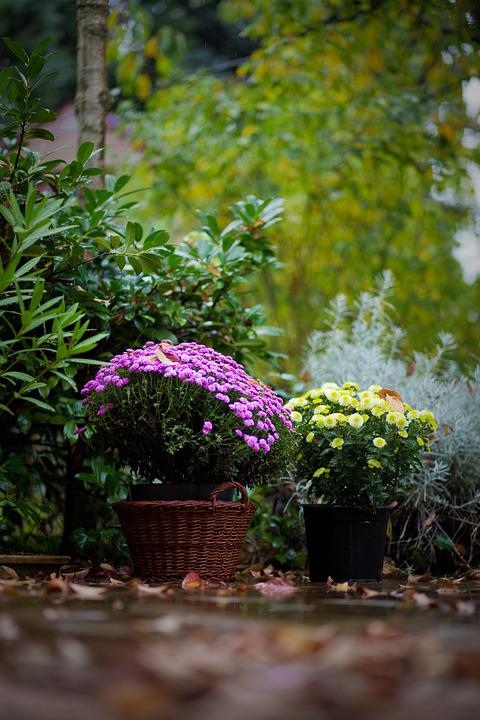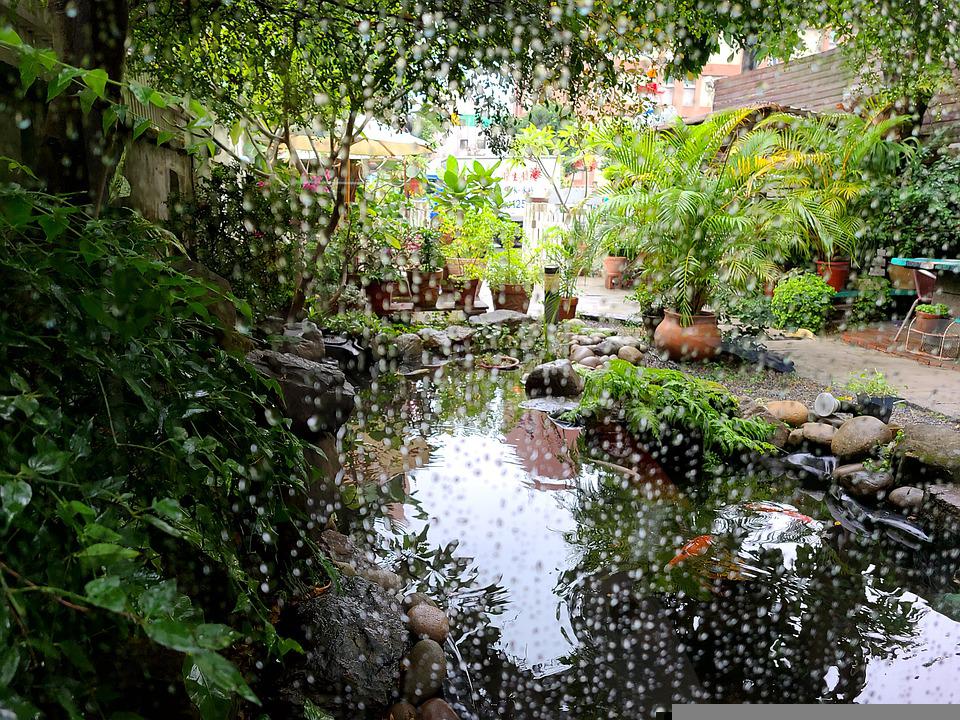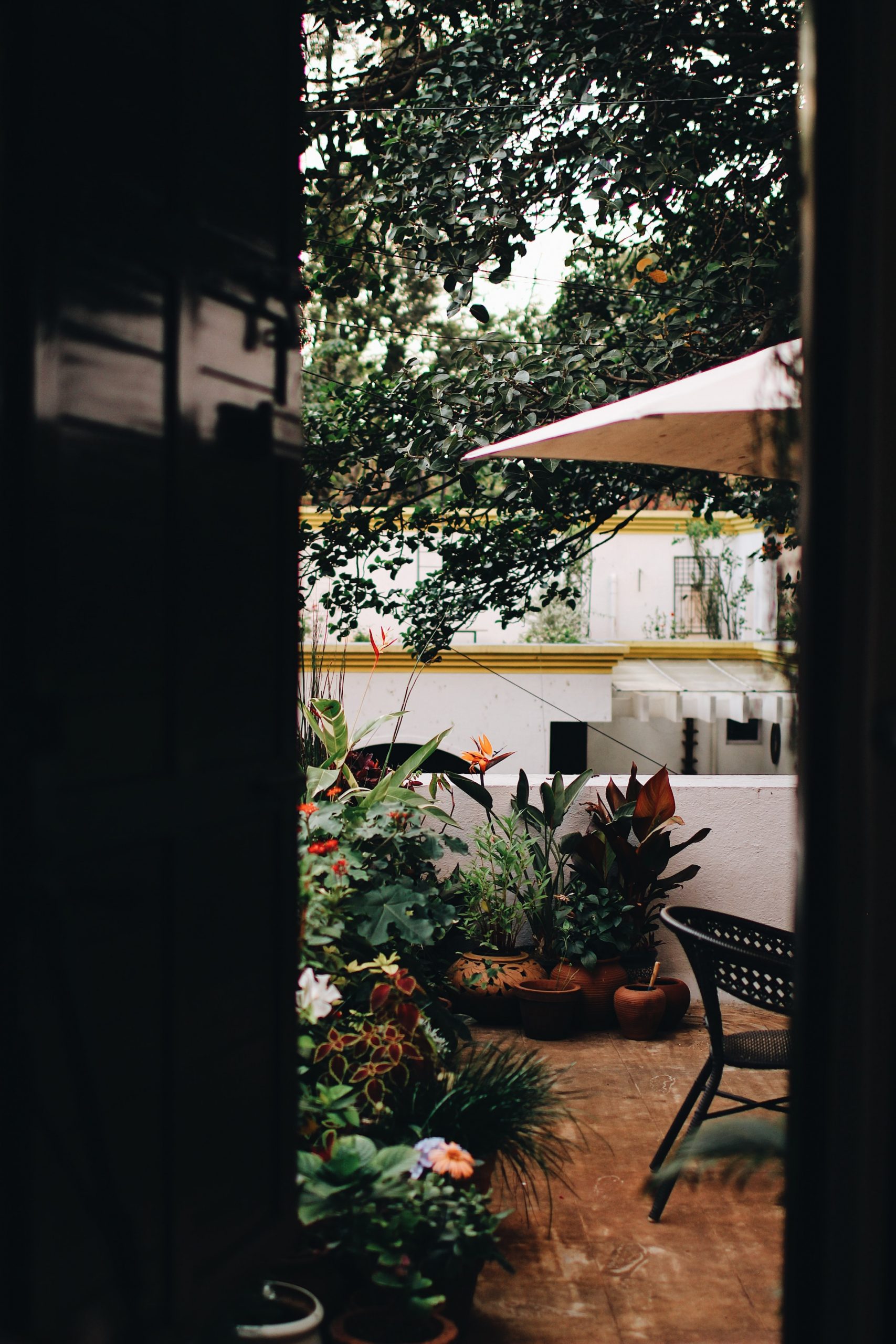What’s the Purpose of a Rain Garden?
A rain garden is one of the many forms of water gardens. It represents one of the alternative techniques for managing runoff in urban areas.
A rain garden comprises a bed of plants and stones designed to capture rainwater so that the soil can slowly absorb it through infiltration. Let’s see closer below.
Principle of a rain garden
The installation of a rain garden consists of a system of collection and storage of rainwater, with a view to its later use:
The rain garden takes the form of a shallow depression that collects excess rainwater and dries out after two days, preventing flooding.
A rain garden can be used as a water purification area before the water is infiltrated into a water table.
Moreover, the rain garden has a particularity:
to be fed only by rainwater, which a gutter can bring, or natural water flow;
It is usually tiny, with wetland plants (plants that like to live in very wet soil) and sometimes aquatic plants.
Note: if you are concerned about humidity, it is necessary to place the rain garden at least 4 meters away from the house and, when possible, along a natural drainage path.
Why a Rain Garden?

The construction of a rain garden can be economically or environmentally motivated. It can, for example, supplement a running water supply if the latter is insufficient or failing.
In addition, although it receives irregular inflows of water, it purifies the water before infiltrating it on site. In this regard, it is particularly recommended:
- in eco-neighborhood gardens, as a small watertight area that filters rainwater, which you can then use to water fruits and vegetables;
- to filter pollutants present in rainwater, fine particles, heavy metals, oils, phosphates, etc.;
- to prevent soil erosion;
- To create an attractive and diversified environment for fauna and flora.
Finally, for a rain garden to be effective, you must take two criteria into account:
Runoff water must be able to infiltrate into the soil but must not remain in the rain garden bed for more than 2 days.
This same water must not create drainage problems on the property or neighboring homes.
Benefits of Rain Gardens
The establishment of a rain garden will allow individuals to:
make better use of stormwater;
ensure proper drainage of the land where it is located (yard, lawn, a garden area that gets clogged too quickly, etc.)
Good to know: rain gardens can be inexpensive and relatively easy to build.
Finally, a rain garden:
- helps drain the land and limit possible flooding;
- limits the use of potable water to water plants, vegetables, and fruit in the garden;
- can save up to 50% of water consumption in an average-sized garden.
Note: A rain garden can look natural or neat, in various shapes, while containing a wide range of plants.
Read more:
- Gutter for Rainwater Harvesting;
- Why Choose a Flexible Water Tank to Collect Rainwater;
- Pipes and Wrenches | Installing a Rainwater Harvesting System;
- Plumbing: Importance of Laying Drains With the Correct Dimensions;
- 5 Steps to Install Rainwater Harvester;
- Discover Solutions to Seal Your Rain Gutters;
- Rain Gutter Installation: Importance of the Gutter Hook;
- How to Protect Your Rain Gutter;
- Plumbing: Importance of Laying Drains With the Correct Dimensions;
- How to Proceed With Rain Gutter Cleaning;
- How to Set up Your Feng Shui Garden;
- How to Set up Your Italian Garden;
- How to Set up Your Feng Shui Garden;
- Landscaping of a Garden With a Swimming Pool;
- Landscaping of a Small Garden;
- Landscape Design: Creating Heaven;
- Landscape and Hardscape Design: How to Make a Rockery;
- How to Set up Your Exotic Garden?


